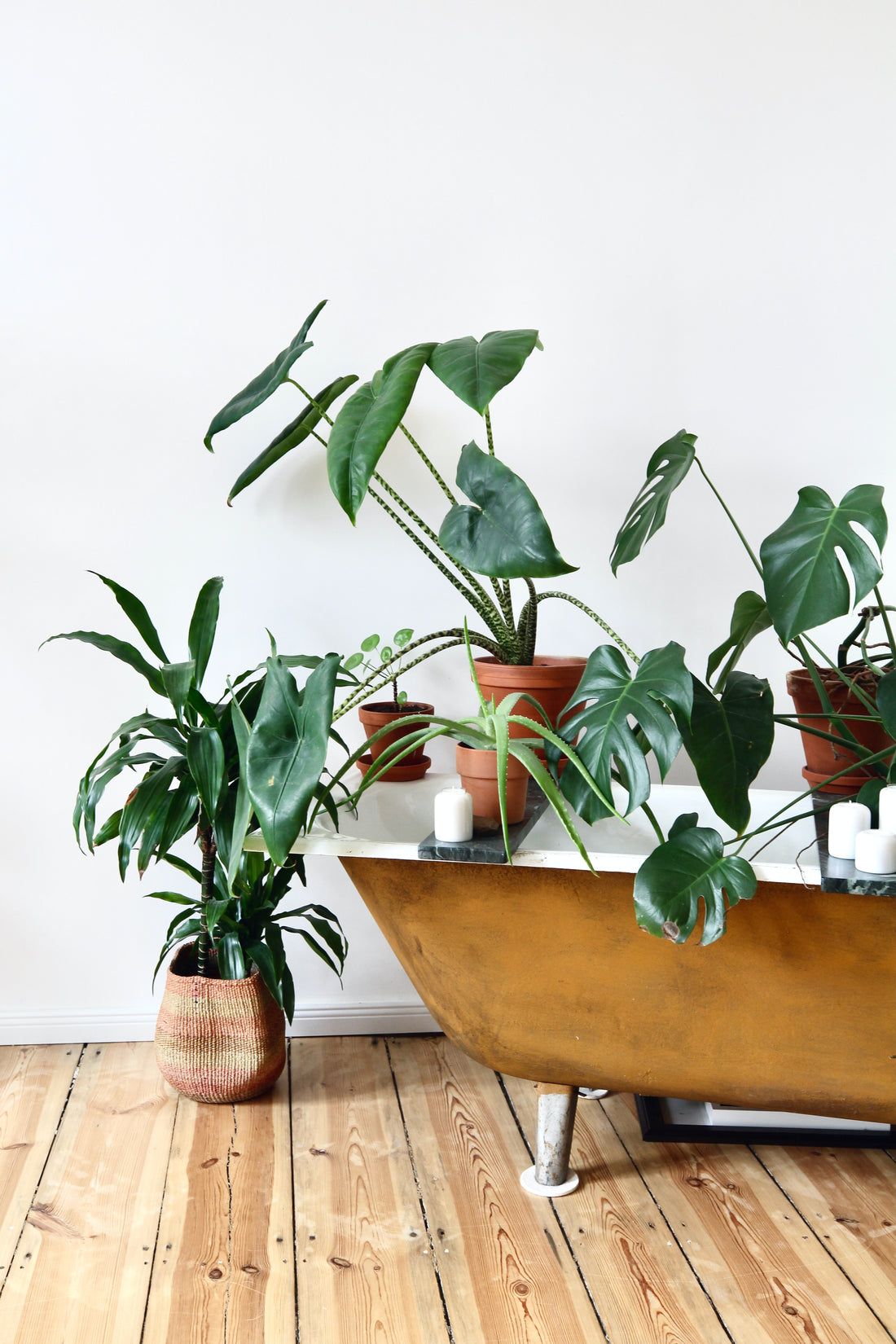As September arrives, it brings with it a subtle shift in the natural world. The days begin to grow shorter, and there's a crispness in the air that signals the transition from summer to fall. While you may be reveling in the changing colors of outdoor landscapes, it's also the ideal moment to turn your focus indoors and lavish some well-deserved attention on your beloved houseplants.
Why September?
September holds a unique position in the gardening calendar. It's a month of transition, a bridge between the warmth and vibrancy of summer and the coziness of fall. This transition is significant for your indoor plants for several reasons:
- Light Angle and Duration: As the angle of the sun changes, the amount and intensity of light your houseplants receive naturally fluctuate. September is when you'll notice these subtle variations, and it's essential to ensure your plants are still getting the right amount of light for their specific needs.
- Temperature Fluctuations: With fall approaching, indoor temperatures can vary more significantly due to shifting weather patterns. These fluctuations can impact your plants' growth and overall well-being, making it crucial to monitor and adjust their care accordingly.
- Humidity Levels: As outdoor humidity levels drop with the changing seasons, indoor air can become drier. This can affect the moisture requirements of your houseplants, particularly those that thrive in tropical conditions.
- Plant Growth Cycles: Many houseplants have growth cycles that align with the changing seasons. Recognizing these cycles and adjusting your care routine accordingly can lead to healthier and more vibrant plants.
The September Houseplant Care Checklist
1. Assess Light Conditions:
- Why it's important: As the angle of the sun changes, the amount of light your plants receive can vary. Ensuring they're in the right spot is crucial for their well-being.
- What to do: Take a close look at your plants' location and make any necessary adjustments. Plants that need bright indirect light should still get it, and those that prefer low light should remain in their cozy corners.
2. Watering Schedule:
- Why it's important: Accurate watering is key to keeping your plants happy. Overwatering or under-watering can lead to problems.
- What to do: Review your watering routine. Stick to a consistent schedule but adjust the frequency based on your plants' specific needs. Consider using a moisture meter to gauge when it's time to water.
3. Pruning and Trimming:
- Why it's important: Dead or yellowing leaves not only look unsightly but can also sap energy from your plants.
- What to do: Inspect your plants for any signs of unhealthy leaves. Prune and trim as needed, focusing on removing dead or damaged growth. This promotes healthy new growth.
4. Pest Patrol:
- Why it's important: Pests can quickly become a headache for indoor plants, especially when windows are open during the fall.
- What to do: Regularly check your plants for signs of pests like spider mites, mealybugs, or aphids. If you spot any, take action promptly using appropriate measures, such as neem oil or insecticidal soap.
5. Fertilize Mindfully:
- Why it's important: Plants often require a nutrient boost, especially when they're actively growing or producing new leaves.
- What to do: Check if your plants are due for fertilization. Consider using a balanced houseplant fertilizer, and for an extra boost, incorporate our Mighty Plant Instant Compost Tea™ into your routine. This water-soluble powder enhances microbial activity and nutrient absorption for healthier plants.
6. Repotting Consideration:
- Why it's important: Over time, your plants may outgrow their pots or deplete the nutrients in the soil.
- What to do: Examine your houseplants to see if they need a larger container. September is an excellent time for repotting if your plants appear root-bound or if the soil has become depleted.
7. Humidity Levels:
- Why it's important: Indoor air can become dry as the weather cools down, which can negatively affect some plants.
- What to do: Monitor indoor humidity levels and invest in a humidity tray or a humidifier if necessary. This will help maintain the ideal moisture levels for your plants.
8. Check for Drafts:
- Why it's important: Sudden temperature changes can stress your plants. Drafts can be problematic, especially if windows are left open in the early fall.
- What to do: Inspect your indoor space for drafts and adjust your plants' placement to protect them from these temperature fluctuations.
9. Propagation Opportunities:
- Why it's important: Propagating your plants is not only a fun experiment but also a way to grow new additions to your indoor garden.
- What to do: Look for healthy stems or leaves on your existing plants that can be propagated. Explore the joy of plant propagation and expand your indoor jungle!
In conclusion, nurturing your houseplants during the September transition is essential for their well-being. With this checklist, you can ensure your indoor jungle remains a thriving, lush oasis even as the seasons change. Happy gardening!

